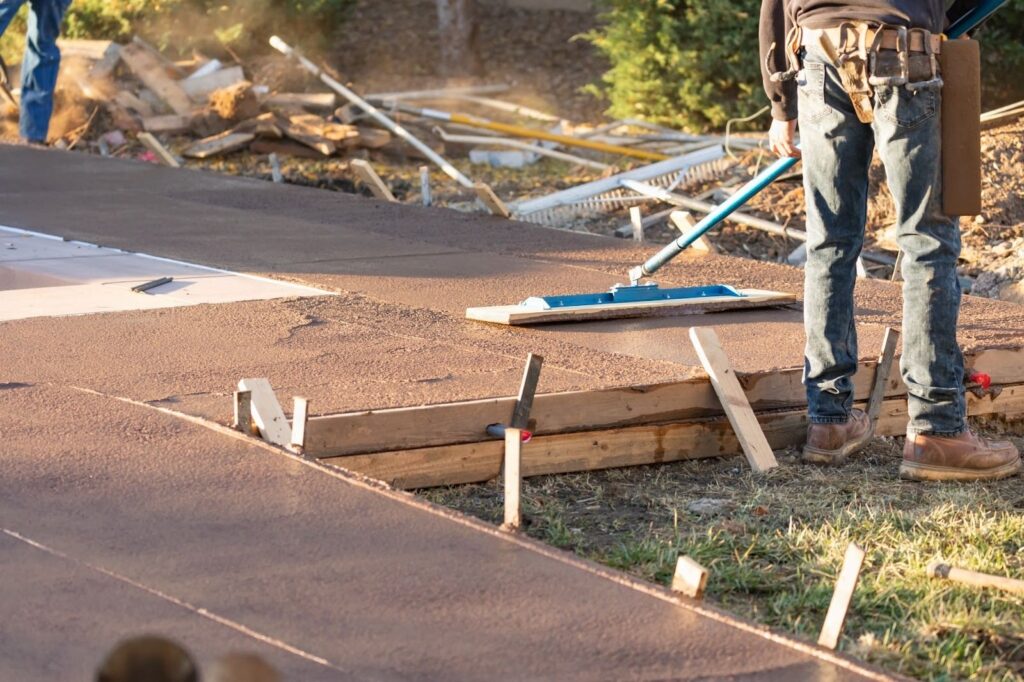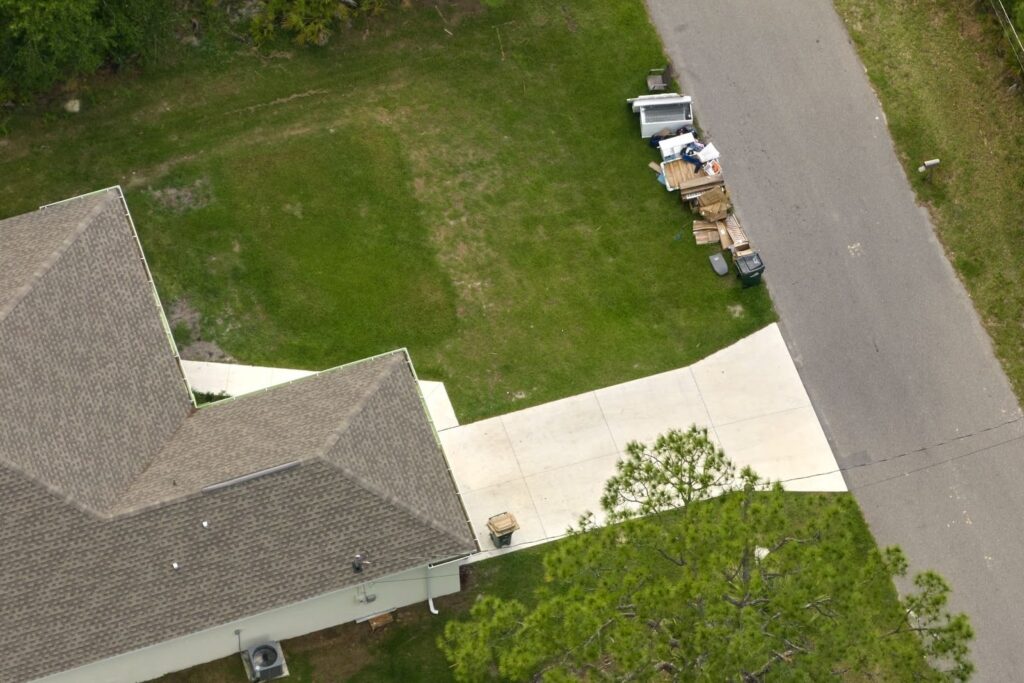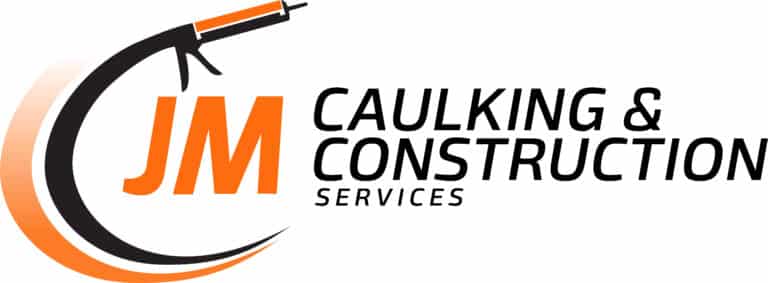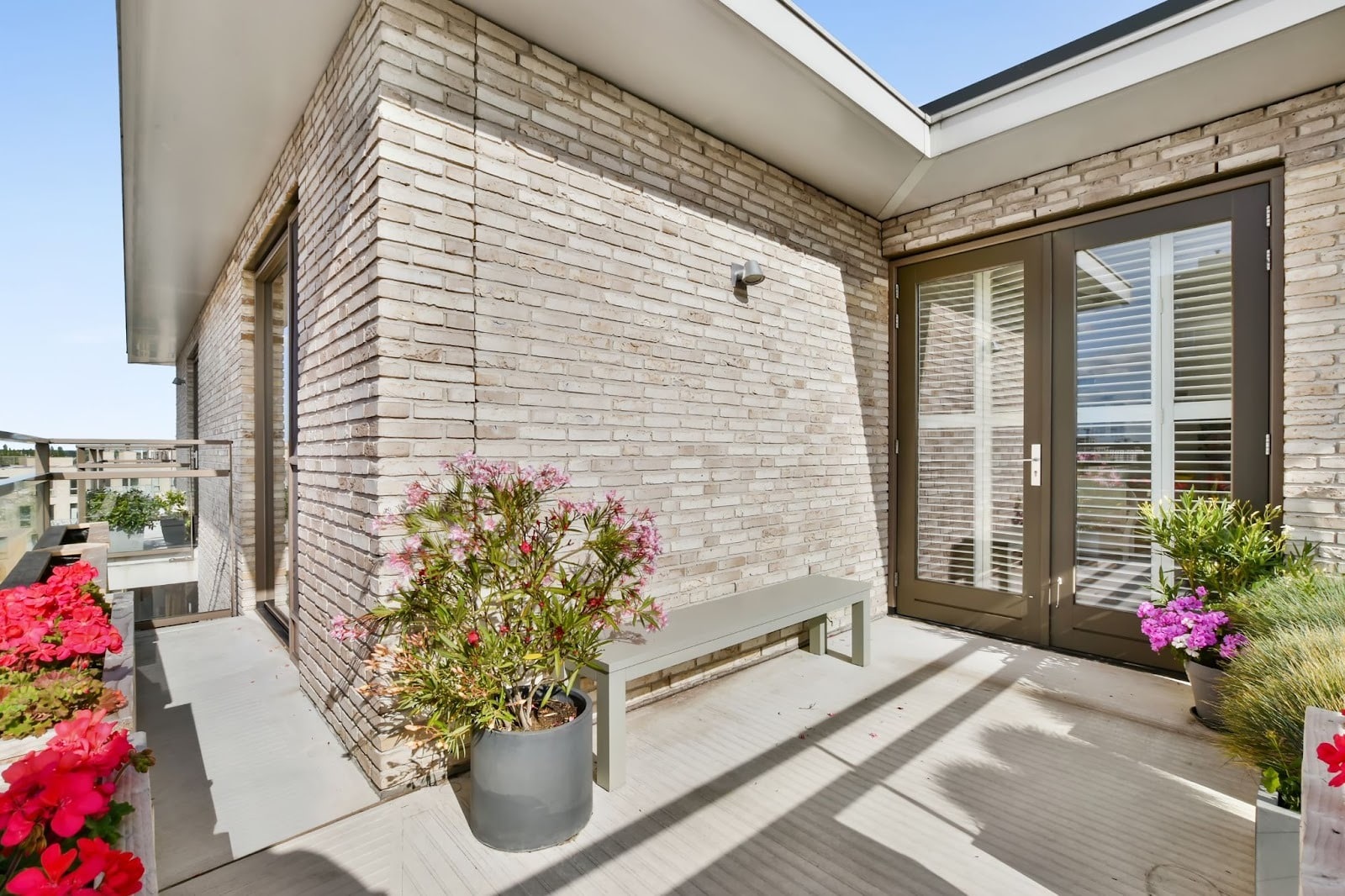A worn or cracked driveway makes even the most well-kept home appear neglected. It can lower property value, cause safety issues, and create poor drainage. Replacing your driveway brings back functionality, safety, and curb appeal. Knowing what happens during the process helps homeowners and property managers prepare confidently and avoid unexpected issues.
Understanding the Driveway Replacement Process
Driveway replacement involves a detailed, step-by-step approach that combines preparation, installation, and finishing. It’s more than removing old material; it requires expert inspection, grading, and selection. Each stage contributes to the durability and attractiveness of the new driveway. Learning how the process works helps you make better decisions before hiring a contractor.
Reasons Homeowners Replace Their Driveways
Driveways often deteriorate from constant traffic, water exposure, and weather changes. Over time, cracks, dips, and surface wear make repairs ineffective. Many homeowners replace their driveways to improve curb appeal or correct drainage issues. Concrete driveways usually last around 30 years, while asphalt surfaces may last 20 years with proper care. Once the damage becomes structural, replacement provides a more reliable, long-term solution.
Assessing the Existing Driveway Condition
A professional inspection determines whether replacement is necessary. Contractors look for base movement, deep cracks, and uneven grading. They also check for soil erosion and water flow problems that weaken the subbase. Identifying these issues helps estimate cost and project length. A thorough assessment prevents future damage and ensures the replacement lasts for decades.
Preparing for Driveway Replacement
Preparation influences both the look and performance of your new driveway. Contractors coordinate permits, scheduling, and site preparation before breaking ground. Homeowners should expect minor disruption while heavy equipment operates nearby. Planning ensures a smoother transition between demolition and installation.
Scheduling and Local Permits
Contractors handle permits through the city or municipality before any demolition. They verify that all local codes, easements, and setback rules are met. Scheduling depends on the weather because rain or cold temperatures affect curing and stability. Confirming that your contractor is licensed, insured, and experienced helps avoid compliance problems later. Proper planning minimizes project delays and ensures a smooth start.
Clearing and Excavation Work
Once approved, the team removes the old concrete or asphalt using industrial machinery. The debris is loaded and taken to a recycling or disposal site to clear space for new work. Homeowners might notice temporary noise and dust during this stage, but protective coverings safeguard surrounding areas. After the old material is gone, workers inspect the ground for soft spots or roots. The site is then leveled and prepared for grading.
Grading and Base Stabilization
Proper grading allows water to drain away from your home and driveway edges. Contractors use compacted gravel or crushed stone to form a solid base that supports the new surface. Each layer is packed tightly to avoid shifting and future cracking. Drainage pipes or slopes may be added if runoff is recurring. This foundation determines how long your new driveway will remain stable and smooth.
Driveway Installation and Material Application
Installation marks the most visible phase of the project, when the groundwork transforms into a finished driveway. The process depends on your chosen material and the site’s layout. Asphalt, concrete, and pavers have unique application steps and curing times. Choosing the right surface improves both performance and appearance for years to come.

Selecting the Right Driveway Material
Concrete driveways offer durability and low maintenance, while asphalt provides flexibility in colder climates. Pavers allow creative patterns but may cost more and require periodic resetting. Gravel is the most affordable option, though it demands regular leveling. Your choice should consider local weather, traffic levels, and preferred look. Consulting with your contractor helps narrow the options based on long-term performance and maintenance needs.
Laying and Finishing the Driveway Surface
Concrete is poured and leveled to achieve a smooth, even finish before curing. Asphalt is heated, spread evenly, and compacted for strength and flexibility. During this stage, precise timing ensures proper bonding and surface texture. Contractors may install expansion joints in concrete to prevent cracking during temperature changes. After the material cures, edges are cleaned and sealed to protect against weathering.
Design and Visual Enhancements
Driveways can serve as design elements that complement the rest of your home. Decorative finishes like stamped concrete, exposed aggregate, or colored sealants create texture and personality. Edging stones or contrasting borders define boundaries and improve appearance. Lighting along the sides adds safety and elegance at night. A custom finish elevates curb appeal while maintaining structural quality.
Post-Installation Driveway Care
After installation, maintenance becomes essential to preserve the driveway’s quality and appearance. Proper care during the first few weeks affects durability and overall finish. Contractors provide clear instructions for curing time and early use restrictions. Following those steps prevents unnecessary damage and extends the driveway’s lifespan.
Curing and Initial Surface Use
Concrete typically takes about a week to cure before light vehicle use. Asphalt cures faster but still needs time to harden completely. During this stage, avoid parking in the same spot or turning tires sharply. Contractors recommend staying off the surface during rain or temperature extremes. Careful handling ensures the material sets properly for maximum strength and longevity.
Ongoing Driveway Maintenance
Routine maintenance keeps your driveway looking new and prevents expensive repairs later. Concrete surfaces should be resealed every few years to protect against stains and cracking. Asphalt benefits from seal coating every two to three years to maintain flexibility. Clearing leaves, dirt, and oil prevents discoloration and drainage problems. Simple upkeep habits significantly extend your driveway’s functional life.
Weather and Seasonal Protection
Extreme temperatures can stress driveway materials over time. Use gentle de-icers instead of rock salt during winter to prevent surface damage. Apply a UV-resistant sealant to protect against fading and softening. Keeping gutters clear prevents runoff from pooling along edges. Seasonal attention keeps your investment in top condition year-round.
Common Driveway Replacement Challenges
Even with expert contractors, some challenges can occur during driveway replacement. Recognizing potential issues helps manage expectations and avoid costly surprises. Weather, hidden ground problems, and scheduling changes can affect progress. Open communication and professional project management effectively minimize these risks.
Weather-Related Delays
Outdoor projects depend heavily on stable conditions. If rushed, rain, frost, or excessive heat can delay curing and weaken materials. Contractors often adjust schedules to protect the surface from damage. Although delays may extend completion slightly, they prevent structural flaws later. Understanding these factors helps homeowners remain patient during unpredictable weather.

Subsurface and Utility Issues
Once excavation starts, unexpected challenges may arise. Tree roots, soft soils, or buried pipes can complicate the process. Contractors handle these carefully to prevent future settling or drainage failures. Resolving such problems adds time and cost but ensures long-term stability. Addressing issues early prevents repeated repairs and maintains a clean, durable finish.
Clear Communication with Contractors
Smooth communication keeps projects on track and prevents misunderstandings. Reputable contractors provide daily progress updates and clarify any changes immediately. Written agreements should outline the scope, materials, and payment schedules. Asking questions and staying informed helps homeowners feel confident throughout the process. Good communication fosters trust and ensures the final result matches expectations.
Costs and Factors Influencing Driveway Replacement
The cost of replacing a driveway depends on materials, labor, and property conditions. Understanding pricing components helps you plan effectively and avoid budget surprises. Transparent estimates from licensed contractors offer insight into both short-term and long-term expenses. Knowing these details lets you choose options that balance value and durability.
Material and Labor Pricing
Asphalt driveways usually cost less per square foot but need periodic resealing. Concrete costs more upfront but lasts longer and requires less maintenance. Labor rates vary by region and project complexity, including accessibility and grading work. Skilled contractors with proper equipment complete jobs efficiently and safely. Comparing detailed quotes helps determine the most practical investment for your property.
Driveway Size and Design Influence
Larger driveways require more material and labor, naturally increasing overall cost. Complex designs with curves, borders, or color variations also raise prices—accessibility matters; tight spaces or sloped terrain demand additional preparation. Discussing layout options early avoids unexpected adjustments during installation. A well-measured plan provides accuracy and keeps the project on schedule.
Value of Professional Quality
A professionally replaced driveway provides lasting value beyond appearance. It strengthens curb appeal, improves safety, and raises property value. Quality materials and craftsmanship reduce repair frequency and maintenance costs. Although premium materials cost more, their durability saves money over time. A well-constructed driveway stands firm for decades and adds tangible value to your home.
Driveway Replacement and Curb Appeal Impact
A new driveway instantly changes how a home looks and feels. It enhances your property’s presentation, adding a sense of order and cleanliness. Driveway replacement creates a smooth, safe surface that’s pleasant to walk and drive on. Its design and condition set the tone for your entire home’s appearance.
Improving the Home’s Visual Harmony
Modern driveways can perfectly match the home’s architecture and landscape design. Concrete staining, patterned pavers, or natural stone textures add sophistication. Clean lines and consistent finishes create visual flow across the front yard. Contractors often suggest designs that complement the roof color and exterior paint. The result is a cohesive, attractive exterior that feels balanced and welcoming.
Functional and Safety Advantages
New driveways eliminate uneven surfaces that cause tripping hazards and poor drainage. Proper grading directs rainwater away from foundations, preventing erosion. A smooth surface makes driving and parking effortless in all weather. Edge lighting and reflective borders increase visibility and safety at night. Functional improvements blend seamlessly with design for a better overall experience.
Transform Your Property With Driveway Replacement
A new driveway redefines your home’s presence from the curb to the doorstep. It signals quality, care, and attention to detail when you arrive. Beyond appearance, it strengthens your property’s foundation and delivers lasting function you can rely on. Partnering with skilled professionals ensures your driveway replacement becomes an investment that enhances comfort, pride, and long-term value.
Explore expert insights and practical tips from JM Caulking & Construction Services LLC blog—your trusted source for wiser, longer-lasting driveway solutions.




